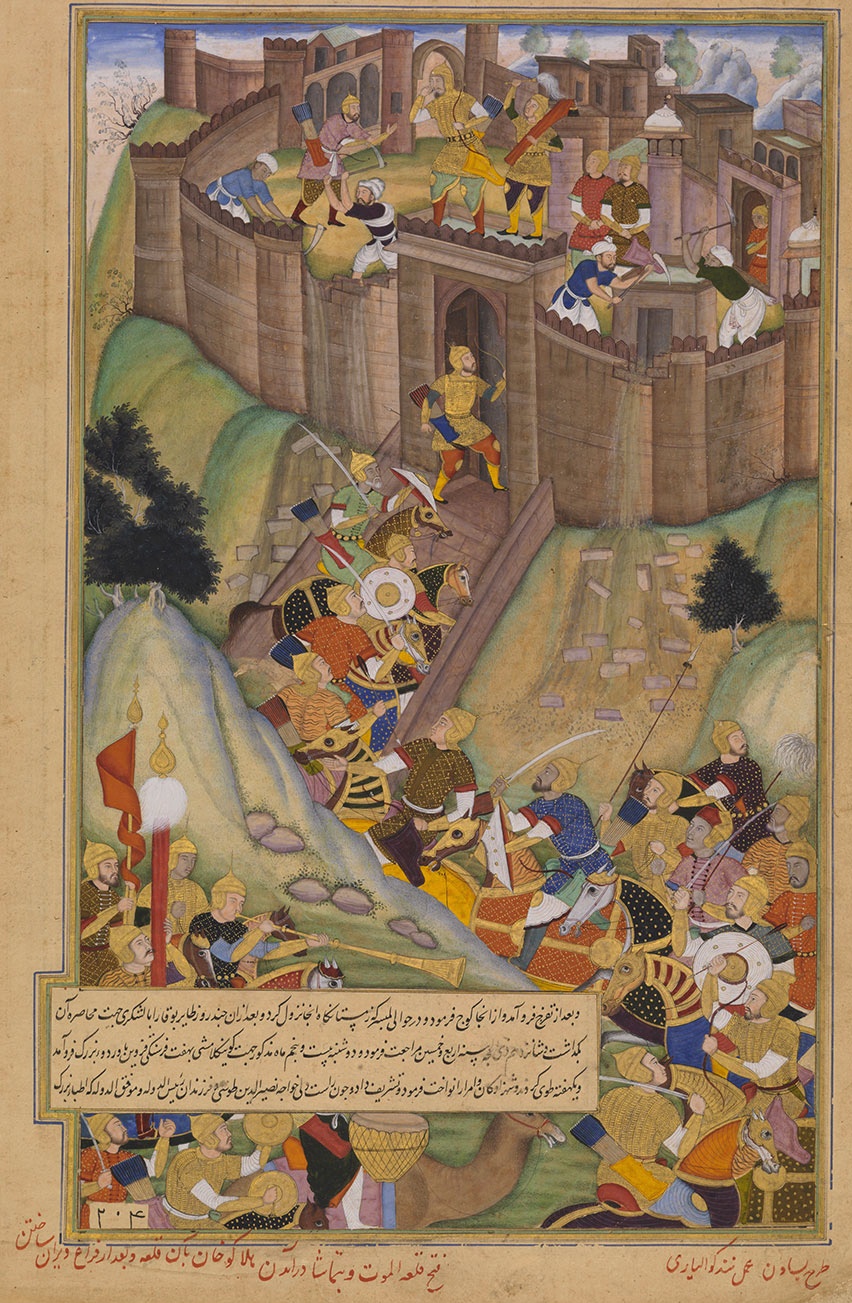|
Nizari Ismaili State
The Nizari state (the Alamut state) was a Nizari Isma'ili Shia state founded by Hassan-i Sabbah after he took control of the Alamut Castle in 1090 AD, which marked the beginning of an era of Ismailism known as the "Alamut period". Their people were also known as the '' Assassins'' or ''Hashashins''. The state consisted of a nexus of strongholds throughout Persia and the Levant, with their territories being surrounded by huge swathes of hostile as well as crusader territory. It was formed as a result of a religious and political movement of the minority Nizari sect supported by the anti- Seljuk population. Being heavily outnumbered, the Nizaris resisted adversaries by employing strategic, self-sufficient fortresses and the use of unconventional tactics, notably assassination of important adversaries and psychological warfare. They also had a strong sense of community as well as total obedience to their leader. Despite being occupied with survival in their hostile environment ... [...More Info...] [...Related Items...] OR: [Wikipedia] [Google] [Baidu] [Amazon] |
Alamut Castle
Alamut (, meaning "eagle's nest") is a ruined mountain fortress located in the Alamut region in the South Caspian Sea, Caspian, near the village of Gazor Khan in Qazvin Province in Iran, approximately 200 km (130 mi) from present-day Tehran. In 1090 AD, the Alamut Castle, a mountain fortress in present-day Iran, came into the possession of Hassan-i Sabbah, a champion of the Nizari Isma'ilism, Nizari Ismaili cause. Until 1256, Alamut functioned as the headquarters of the Nizari Ismaili state, which included a series of List of Ismaili strongholds, strategic strongholds scattered throughout Persia and Syria, with each stronghold being surrounded by swathes of hostile territory. Alamut, which is the most famous of these strongholds, was thought impregnable to any military attack and was fabled for its heavenly gardens, library, and laboratories where philosophers, scientists, and theologians could debate in intellectual freedom. The stronghold survived adversaries includin ... [...More Info...] [...Related Items...] OR: [Wikipedia] [Google] [Baidu] [Amazon] |
Muhammad III Of Alamut
ʿAlāʾ al-Dīn Muḥammad III (; 1211–1255), more commonly known as ʿAlāʾ al-Dīn (), son of Jalāl al-Dīn Ḥasan III, was the 26th Nizāri Isma'ilism Imām. He ruled the Nizari Ismaili state from 1221 to 1255. By some accounts, he was considered a respected scholar and the spiritual and worldly leader of the Nizari Ismailis. The intellectual life of Persia has been described as having flourished during his 34-year reign. Allegedly, he was known for his tolerance and pluralism. His reign witnessed the beginnings of the Mongol conquests of Persia and the eastern Muslim world. He was assassinated by an unknown perpetrator on 1 December 1255, and was succeeded by his eldest son, Rukn al-Din Khurshah, in 1255. Life Alauddin Muhammad, also known as Muhammad III, was born in 1213. At the age of nine, upon the death of his father, he became the ruler of the Alamut. However, his mother took over the administration of state affairs and governed Alamut for the next six year ... [...More Info...] [...Related Items...] OR: [Wikipedia] [Google] [Baidu] [Amazon] |

